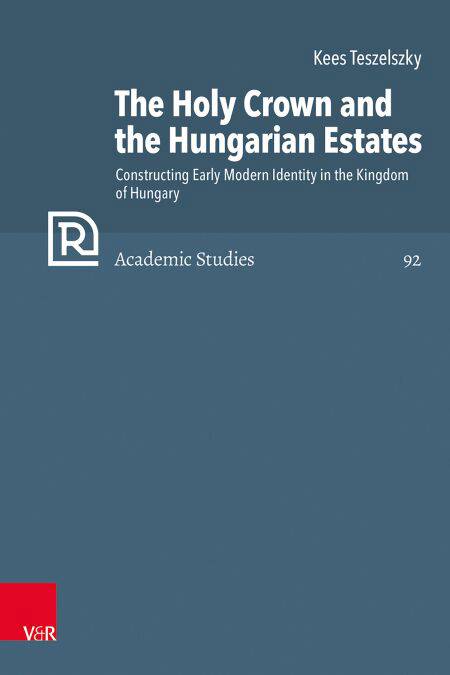
- Retrait en 2 heures
- Assortiment impressionnant
- Paiement sécurisé
- Toujours un magasin près de chez vous
- Retrait gratuit dans votre magasin Club
- 7.000.0000 titres dans notre catalogue
- Payer en toute sécurité
- Toujours un magasin près de chez vous
The Holy Crown and the Hungarian Estates EBOOK
Constructing Early Modern Identity in the Kingdom of Hungary
Kees Teszelszky
140,00 €
+ 140 points
Description
This book is about one of the most important elements of the political narratives in the history of Hungary in past and present: the Holy Crown of Hungary. This object is one of the most widely used symbols of modern Hungarian nationalism in our times and has been in use for ages in political culture. Surprisingly less is known how the meaning of the crown has changed over the centuries and how this influenced the development of national identity in the early modern period.
Starting point is that the "medieval doctrine of the holy crown" is a modern invention. Teszelszky's research concentrates on the relation between the change in the meaning of this crown and the construction of an early modern national identity between 1572 and 1665. Using a constructivist method of research the author shows how the Habsburg ruler and the Hungarian estates legitimised their political program through an image of the crown and the Hungarian political community. In a short period between the end of 1604 and 1613 during a rebellion in Hungary, a war with the Ottomans and a strive between Emperor Rudolf II and his brother Archduke Matthias, the medieval tradition of the holy crown was revived and redeveloped by Hungarian and foreign historiographers into an ideology which is still present today.
Starting point is that the "medieval doctrine of the holy crown" is a modern invention. Teszelszky's research concentrates on the relation between the change in the meaning of this crown and the construction of an early modern national identity between 1572 and 1665. Using a constructivist method of research the author shows how the Habsburg ruler and the Hungarian estates legitimised their political program through an image of the crown and the Hungarian political community. In a short period between the end of 1604 and 1613 during a rebellion in Hungary, a war with the Ottomans and a strive between Emperor Rudolf II and his brother Archduke Matthias, the medieval tradition of the holy crown was revived and redeveloped by Hungarian and foreign historiographers into an ideology which is still present today.
Spécifications
Parties prenantes
- Auteur(s) :
- Editeur:
Contenu
- Nombre de pages :
- 396
- Langue:
- Anglais
- Collection :
Caractéristiques
- EAN:
- 9783647573441
- Date de parution :
- 16-04-23
- Format:
- Ebook
- Protection digitale:
- /
- Format numérique:

Seulement chez Librairie Club
+ 140 points sur votre carte client de Librairie Club
Les avis
Nous publions uniquement les avis qui respectent les conditions requises. Consultez nos conditions pour les avis.







